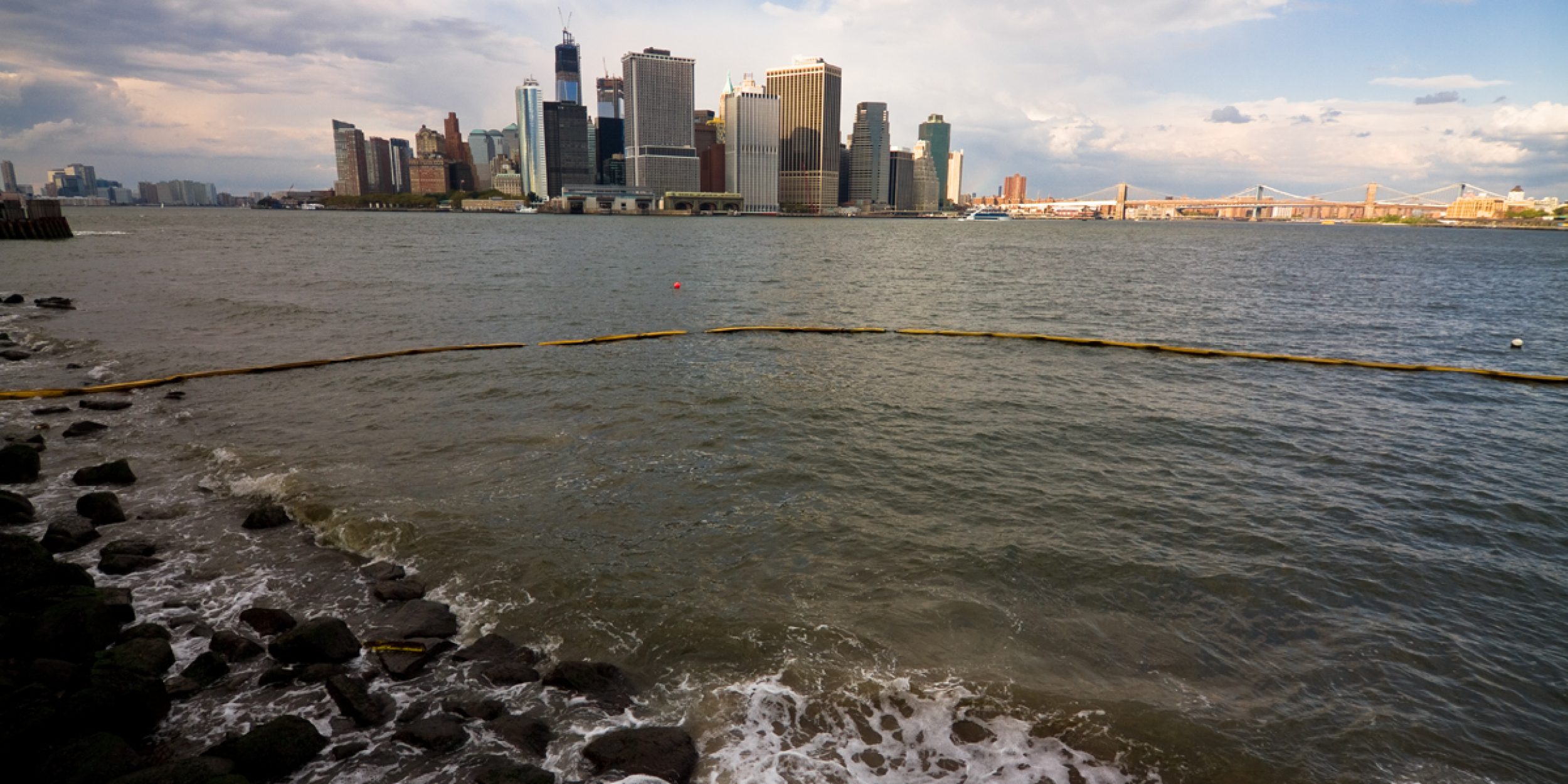A cross CPO-funded study presents evidence of a dramatic increase in the frequency of large flooding events in New York City due to sea level rise and the size and intensity of tropical storms. The results suggest that the average period between floods measuring around 2.25 meters has decreased from about 500 years prior to the industrial revolution to 24.4 years.


A new study in the Proceedings of the National Academy of Sciences, which was collaboratively supported by the programs of the NOAA Climate Program Office, addresses this limitation and presents evidence of a dramatic increase in the frequency of occurrence of large flood events. The study by Reed et al. finds that rising sea level and increases in both intensity and radius of maximum winds of tropical cyclones contribute to a heightened risk for major flooding in New York City.
To evaluate the history of coastal flooding and risks from tropical cyclones in New York City, Andra J. Reed and colleagues used proxy sea-level records and climate models to reconstruct climate conditions in the North Atlantic basin from AD 850 to 2005.
The authors compared storm surge models for New York City from the pre-anthropogenic era, prior to 1800, with models from the anthropogenic era, between 1970 and 2005. The authors found that mean flood heights increased by approximately 1.24 meters from 850 to 2005, largely due to sea level rise. Additionally, the models indicated an increase in the rates of extreme tropical cyclones over time, further contributing to flood risk.
The results suggest that the average interval between floods of around 2.25 meters has decreased from around 500 years during the pre-anthropogenic era to around 24.4 years during the anthropogenic era, according to the authors.
To view the full report, visit: www.pnas.org/cgi/doi/10.1073/pnas.1513127112



